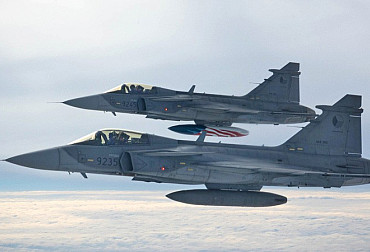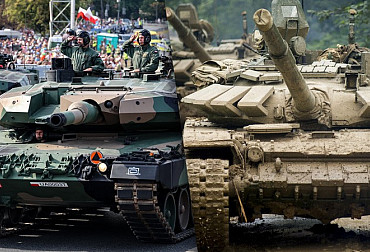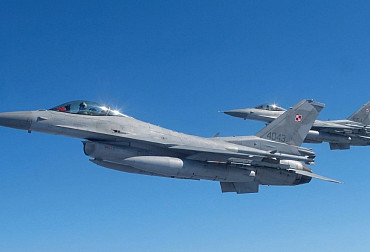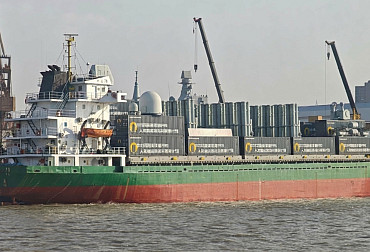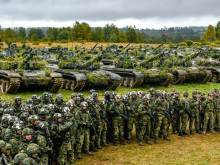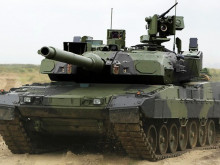Czech V4 Presidency: unified approach within NATO and EU
From 1st July 2019, the Czech Republic takes over the baton from Slovakia. Slovakia was very active and, it can be said, lifted the bar pretty high. The first session of The Visegrad Four is scheduled for September, with regard to the NATO Days in Ostrava.
During his visit to Hungary, Minister of Defence Lubomír Metnar met his adverse party, Tibor Benkö, with a schedule of the Czech presidency. The schedule includes, first of all, issues of common defence policy and development, as well as mutual support in cross-border military missions. “One of our aims for this period will be to begin objective discussion on updating the approach to the defence cooperation in the light of new threatens at the regional and global level,” said Metnar.

Picture: Bilateral negotiations | Michal Voska, army.cz
Strengthening of border protection
As the next significant themes of our presidency, Minister of Defence specified mutual cooperation in the field of armament, in which the V4 has the potential in improving, or a unified approach within NATO and EU in establishing collective groups. In this regard, proven cooperation within EU Battle Group can be mentioned. The ministers among others spoke of activities within Permanent Structured Cooperation (PESCO), rotation of soldiers in some cross-border military operations, especially in Baltic Republics and Sahel region countries or common military exercises. In October 2019, for example, it will be the CZECH LION exercise, where 800 soldiers of the ground forces of the V4 armies will participate, or the COOPSEC 2019 exercise focused on the enforcement and protection of the external borders.

Picture: Minister of Defence Lubomír Metnar at a press conference | Michal Voska, army.cz
Radars, weapons and aircraft
The Czech Republic is a full-value partner, after all the Vysegrad Group has been already established in 1991 by then-president Václav Havel, Lech Walesa and Hungarian premier Jozsef Antalla. At present there is also the V4+ format, which extends the original countries with waiting for oncoming annexation of Croatia.
.jpg)
Picture: Representatives of the V4 countries at a summit in Prague in 2015 From left to right: Robert Fico, Beata Szydłová, Bohuslav Sobotka, Viktor Orbán | Wikimedia Commons
In general, it can be said that strengthening of the safety and border protection is still belongs to the main priorities. Mutual sharing of information and experience are however important as well. For example, in matters of militarization. The Czech Republic already earlier enabled Hungary to manufacture on the basis of licence the short shooting arms of Česká zbrojovka Uherský Brod for the full-scale rearmament of the local Armed Forces. Now there is in play a potential quotation of short-range 3D radars manufactured by Retia, or L-39 NG subsonic aircraft produced by Aero Vodochody. Modern equipment from the Czech Republic can be surely applied in both the other V4 countries and NATO member countries.
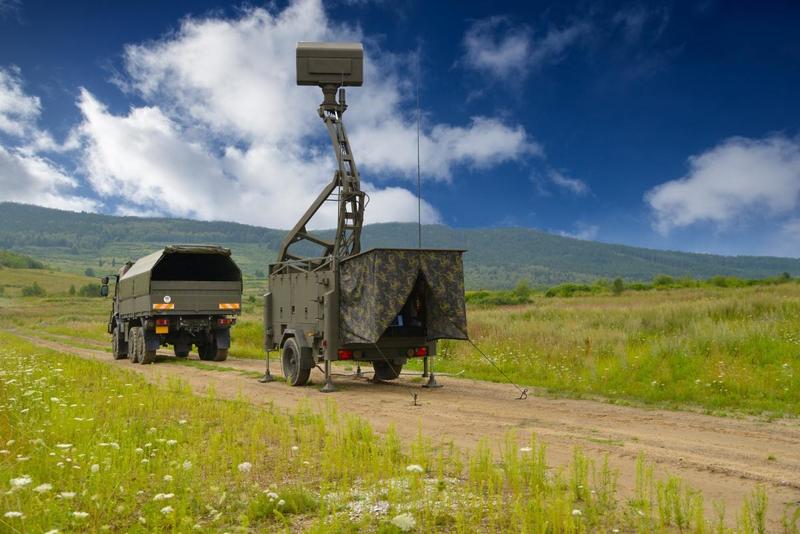
Picture: Mobile ReVISOR Doppler Two-Dimensional Radar | Retia
Vysegrad Group
The Vysegrad Group (also called Vysegrad Four or V4) is an alliance of four countries of the middle Europe: Czech Republic, Hungary, Poland, Slovakia.
The modern Vysegrad Three was established on 15th February 1991 (ten days before the lapse of Warsaw Pact) during a meeting of Hungarian premier József Antalla, president of Czech and Slovak Federative Republic Václav Havel and Polish president Lech Wałęsa in Vysegrad. At this meeting, the politicians signed a declaration of close cooperation of three Middle-European countries on their way to the European integration. After the breakdown of the communist regime, cooperation between the countries was important for their transition from the totalitarian system to a freedom, plural and democratic society. The Vysegrad countries together struggled for the breakdown of CMEA and Warsaw Pact.
After the division of the Czech and Slovak Federal Republic, the indication of the alliance was changed to the Vysegrad Four (V4), because the membership was transitioned to the both succession states - Czech Republic and Slovakia. After 1992, cooperation within the Vysegrad Group stopped and was renewed in October 1998.
In 1999, three of these countries – the Czech Republic, Hungary and Poland – joined NATO. After official admission of all four countries to the EU on 1st May 2004, foreign-political activities of this alliance increased even more, and the group focused on the promotion of cooperation and stability in a wider region of Middle Europe. Cooperation with Austria and Slovenia is in progress within so called Regional Partnership. The group also cooperates with other countries of Central and East Europe within so called the V4+ program.
















